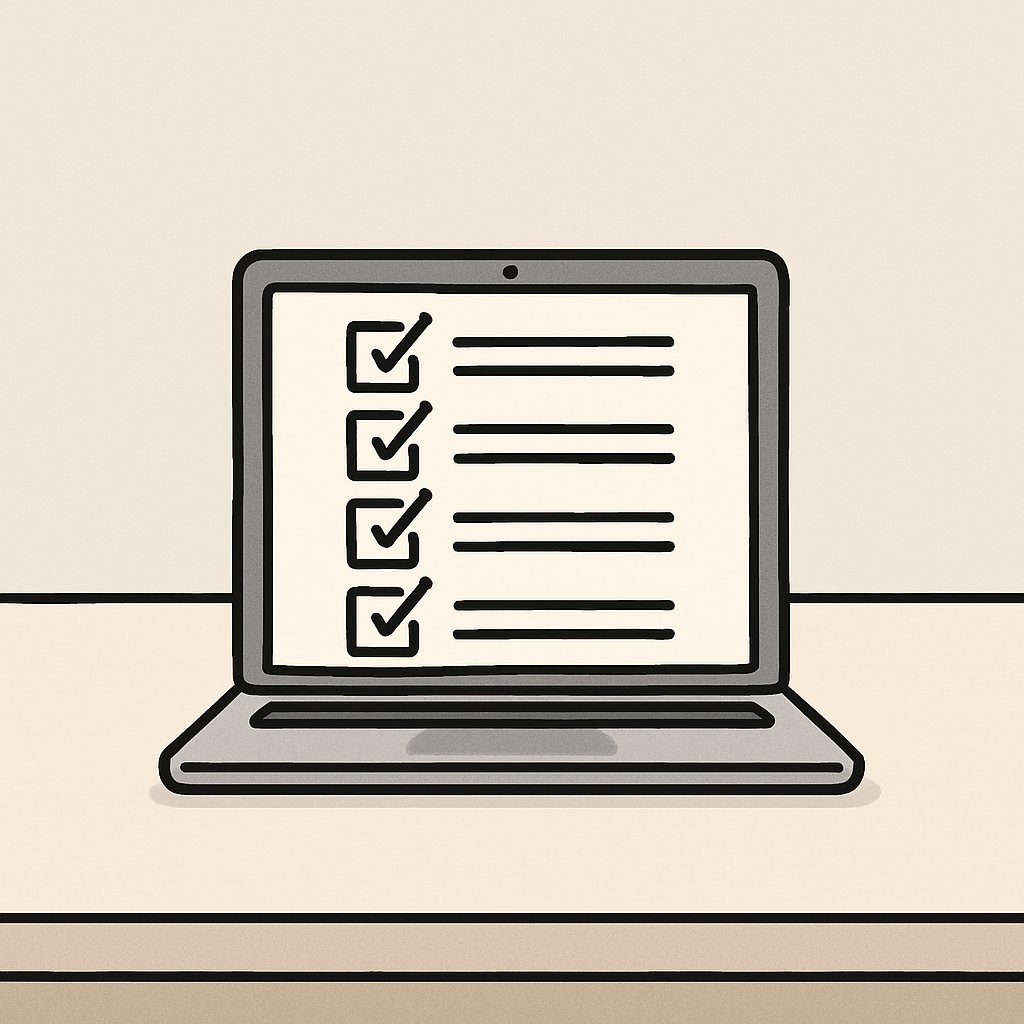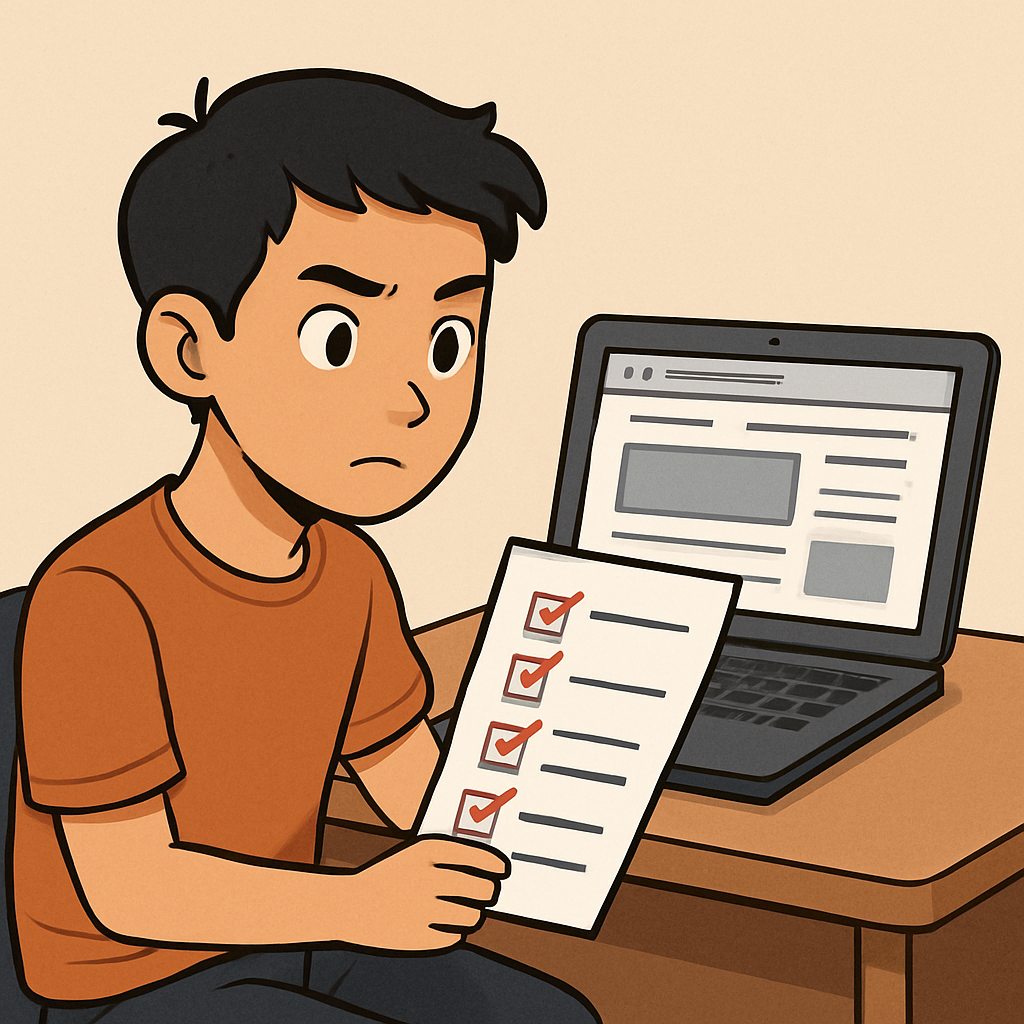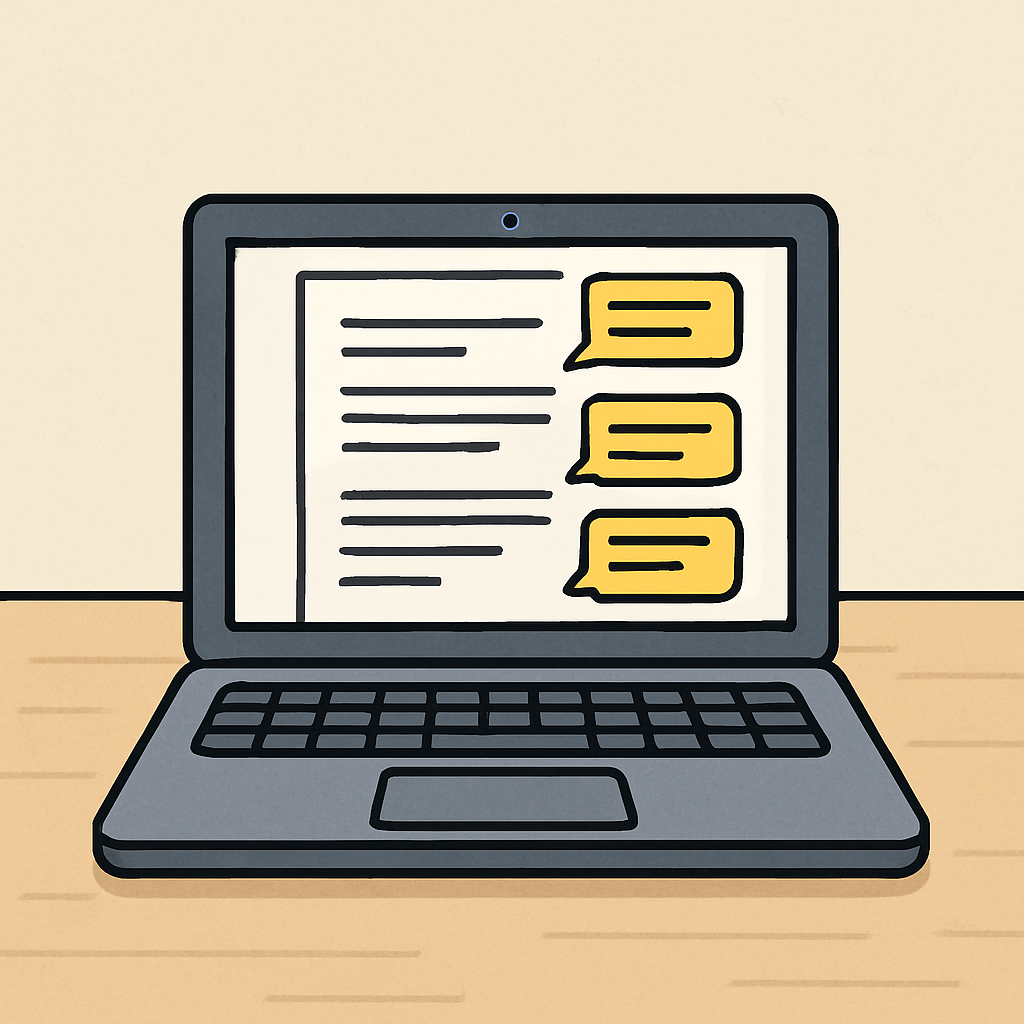 In this lesson, you will learn how to test and evaluate your project, and document your work.
In this lesson, you will learn how to test and evaluate your project, and document your work.
You'll also get guidance on report structure, including the design process and ethics. Activities include debugging, peer review, and uploading to a digital portfolio. By the end, you'll have a self-assessment rubric to review your work. It should take about 240 minutes over several sessions. Work at your own pace, and remember to collaborate with your team where needed.
 Now that you've built your frontend, it's crucial to test it for usability. This means checking how easy and enjoyable it is for others to use. Usability testing helps identify any issues early, ensuring your interactive information system is user-friendly, creative, and functional. You'll ask peers to try it out and gather their feedback, then make improvements based on what you learn.
Now that you've built your frontend, it's crucial to test it for usability. This means checking how easy and enjoyable it is for others to use. Usability testing helps identify any issues early, ensuring your interactive information system is user-friendly, creative, and functional. You'll ask peers to try it out and gather their feedback, then make improvements based on what you learn.
Why Usability Testing Matters: It simulates real users interacting with your system, revealing problems you might not notice yourself, like confusing navigation or slow-loading elements. This step aligns with good UI principles by focusing on accessibility, simplicity, and engagement.
Testing Steps:
 Peer review involves getting feedback from classmates to improve your project. By sharing your work and incorporating suggestions, you'll enhance usability, address ethical concerns, and boost creativity in your interactive information system.
Peer review involves getting feedback from classmates to improve your project. By sharing your work and incorporating suggestions, you'll enhance usability, address ethical concerns, and boost creativity in your interactive information system.
Why Peer Review Matters: It provides fresh perspectives on your project, helping identify issues like confusing interfaces or overlooked ethical problems that you might miss. This collaborative process encourages iterative improvements, ensuring your system is functional, user-friendly, and aligned with best practices in design and ethics.
Peer Review Steps:
 Documenting your project in a structured report is essential for communicating your work effectively. This emphasises ethical considerations in your interactive information system.
Documenting your project in a structured report is essential for communicating your work effectively. This emphasises ethical considerations in your interactive information system.
Why Report Structure Matters: A well-structured report demonstrates your understanding of the project, from planning to implementation, and highlights how you've addressed ethics like data privacy and accessibility. It helps evaluators see your problem-solving skills, creativity, and adherence to best practices, making your work more professional and comprehensive.
Report Structure Steps:
 Compiling your work into a digital portfolio is a key final step in showcasing your interactive information system. This involves organising all your project files, documentation, and evidence of your design process, testing, and ethical considerations for easy access and review.
Compiling your work into a digital portfolio is a key final step in showcasing your interactive information system. This involves organising all your project files, documentation, and evidence of your design process, testing, and ethical considerations for easy access and review.
Why Digital Portfolio Matters: A well-organised portfolio demonstrates your complete project journey, from database integration to frontend design, and highlights how you've addressed ethics like data privacy. It allows evaluators to see your problem-solving, creativity, and iterative improvements in one place, making it easier to appreciate the full scope of your interactive information system and its real-world applicability.
Digital Portfolio Upload Steps: